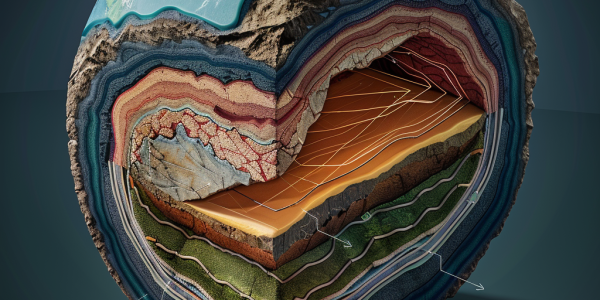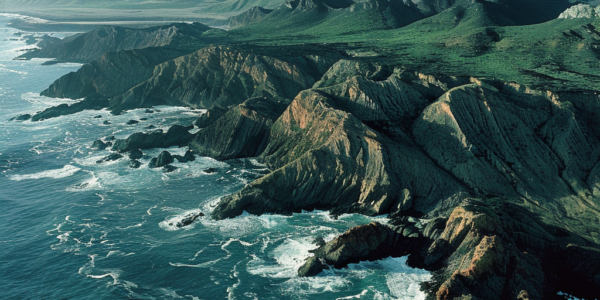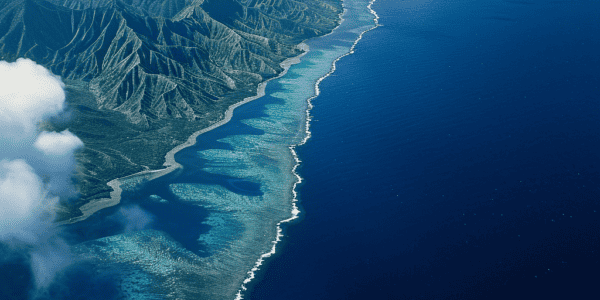Ancient Seafloor Discovery Reshapes Understanding of Earth’s Interior
Recent research from the University of Maryland has uncovered an ancient seafloor beneath the Pacific Ocean, reshaping our understanding of Earth’s interior. Utilizing advanced seismic imaging, scientists revealed a thickened area in the mantle transition zone, providing insights into geological processes like subduction. This groundbreaking study, led by Jingchuan Wang, highlights the potential of seismic techniques in uncovering hidden geological features and enhancing our knowledge of the Earth’s evolution.
Strange Structures Discovered in the Pacific Could Revolutionize Our Understanding of Earth’s History
A recent study led by geophysicist Simon Lamb and scientist Cornel de Ronde has revealed surprising findings that could revolutionize our understanding of the Earth’s early history and the origins of life. The research focuses on remote sites in South Africa’s Barberton Greenstone Belt and the seafloor off the coast of New Zealand, suggesting that these locations hold the key to unraveling the mysteries of the planet’s infancy. The study challenges the traditional view of the early Earth as a fiery ball of molten magma, proposing instead that the young planet was constantly rocked by large earthquakes triggered by tectonic plate movements in a subduction zone. These groundbreaking findings could potentially reshape our understanding of Earth’s geological history and provide unexpected insights into the origins of life on our planet.
Massive undersea plateau in Pacific Ocean has been growing since the age of dinosaurs, study finds
An undersea plateau in the Pacific Ocean that is larger than the state of Idaho has been growing since the age of dinosaurs, according to new research. The Melanesian Border Plateau, located east of the Solomon Islands, has been the…



